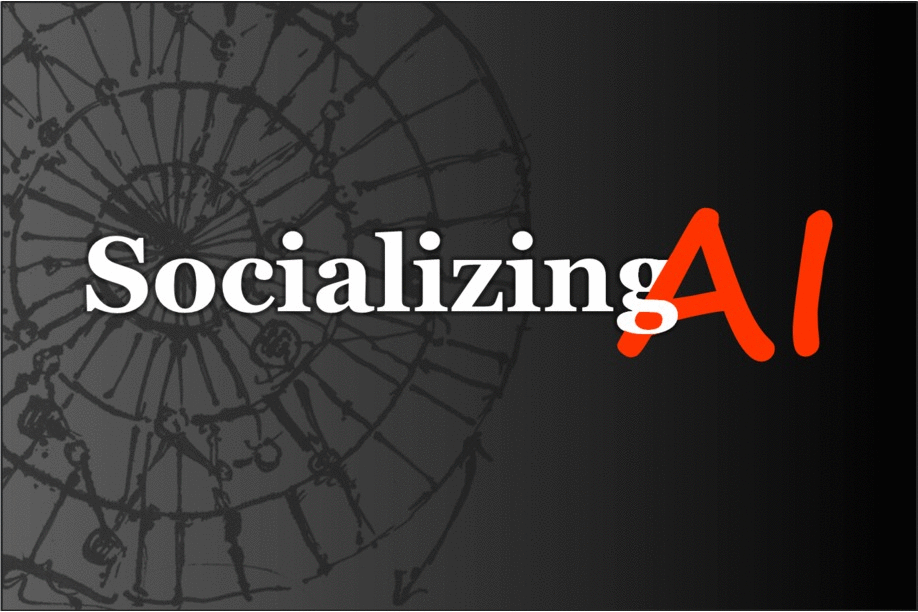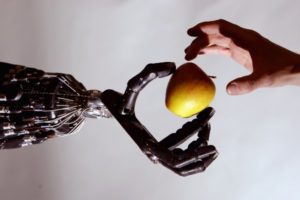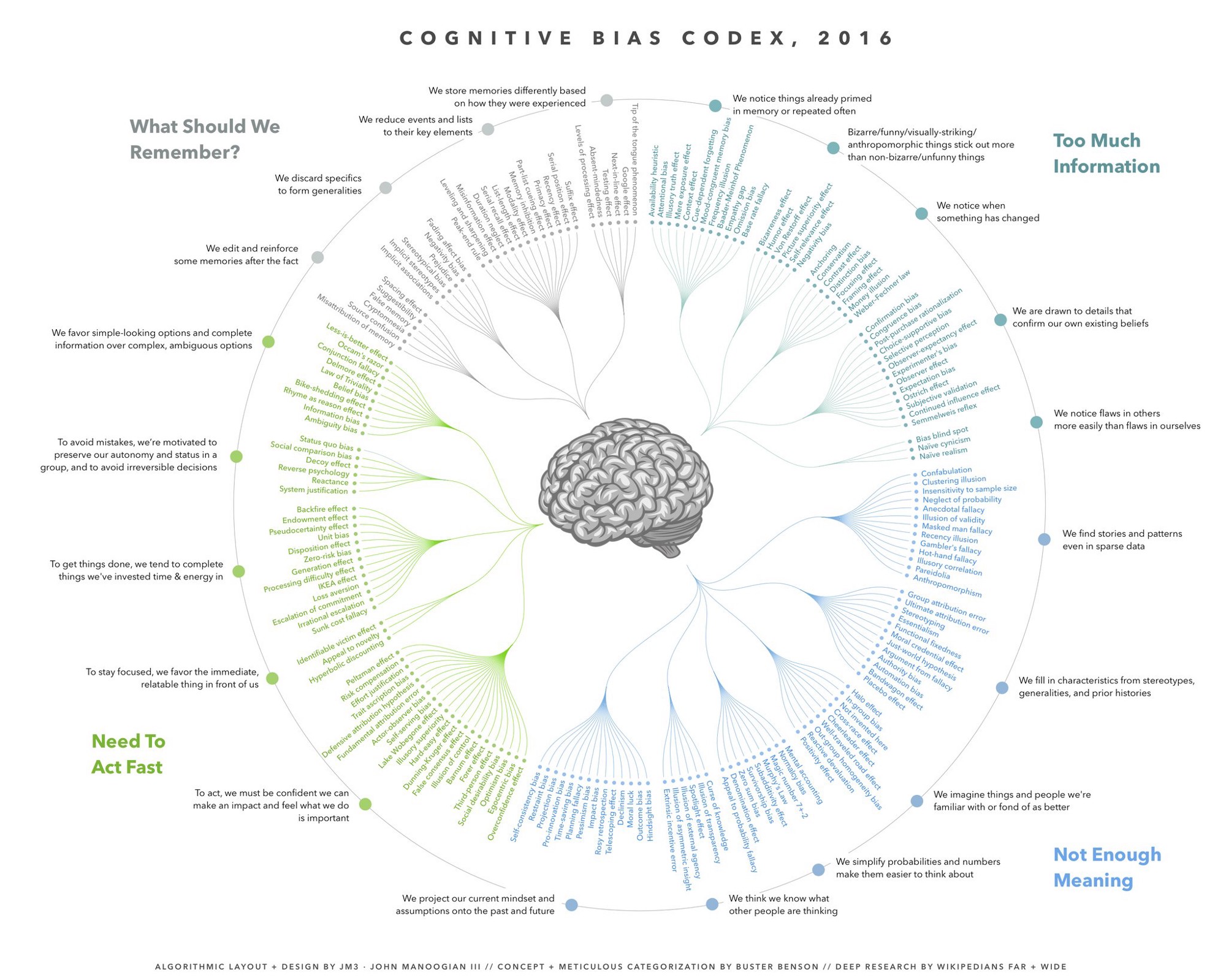Scholar Oscar Gandy said “rational discrimination” does not require hatred towards any class or race of people. It doesn’t even require unconscious bias to operate. “It only requires ignoring the bias that already exists” hashtag #AI #AIbias @nilofer https://t.co/V56KFNB7Mw
— Phil & Pam Lawson (@SocializingAI) December 14, 2018
Adam Galinsky of Columbia University has researched that “power and status act as self-reinforcing loops”, allowing those who have power and status to have their ideas heard and those without power to be ignored and silenced.
It’s not that the original idea is weighed and deemed unworthy but that the person bringing that new and unusual idea is deemed unworthy of being listened to.
When you are hiring to bring in new ideas or designing hackathons within your firm to unlock innovation levels within your firm, know this: you cannot do innovation and access original ideas without addressing the deep and pervasive role of bias.
Either you are doing something to explicitly dismantle the structural ways in which we limit who is allowed to have ideas, to unlock their capacity… or you are allowing the same old people to keep doing the same old things, perpetuating the status quo.
By your actions, you’re picking a side.
Source: Nilofer Merchant


